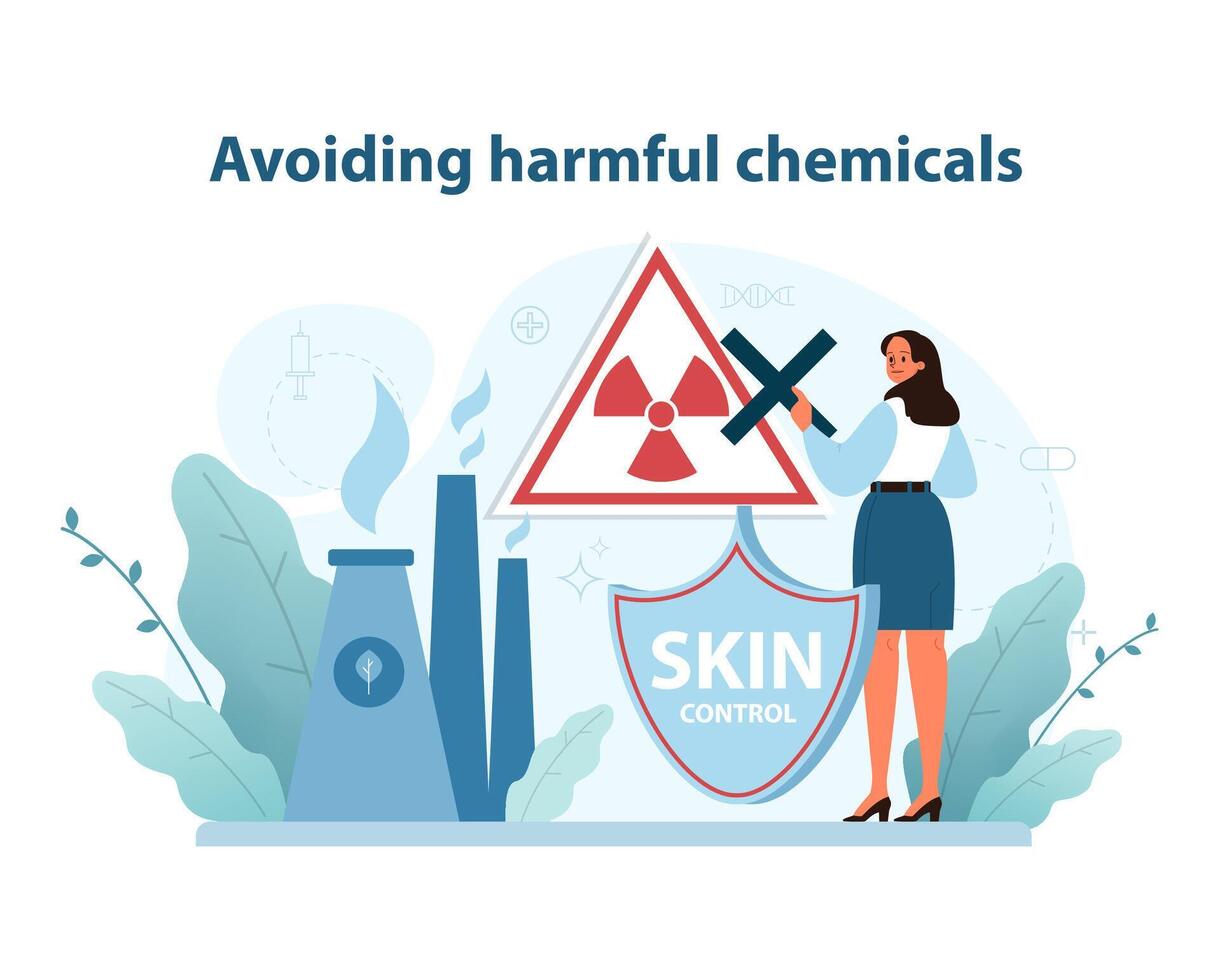
Toxic Troubles: Avoiding Harmful Chemicals in Your Home Repairs is a crucial facet of home improvement that many homeowners overlook. The seemingly innocuous act of repairing or renovating your home can expose you to harmful chemicals, leading to health problems. This article will delve into the dangers of toxic chemicals in home repairs, outlining safe practices and alternatives to create a healthier living environment. We’ll explore the hidden risks, offer practical solutions, and offer you with a roadmap to safer home improvements. This guide will cover everything from determineing potentially toxic materials to choosing safe alternatives and ensuring proper ventilation. Let’s dive in!
Understanding the Risks of Toxic Chemicals in Home Repairs
determineing Potential Hazards
Many common household materials, frequently used in home repairs, contain volatile organic compounds (VOCs), heavy metals, and other harmful chemicals. These substances can release toxic fumes, posing significant health risks to homeowners and their families. Improper ventilation during renovation or repair work can further exacerbate the problem. Some common culprits include paints, adhesives, sealants, solvents, and even certain types of wood treatments.
The Health Impacts of Exposure
Exposure to these harmful chemicals can lead to a wide scope of health problems, varying in severity depending on the amount and duration of exposure. Short-term effects can include headaches, dizziness, nausea, and eye irritation. Long-term exposure, however, can cause more severe issues, like respiratory problems, skin irritation, and even cancer. Especially concerning are effects on children, whose developing bodies are more susceptible to harm. study consistently highlights the connection between indoor air pollution and various health issues.
Choosing Safer Alternatives for Home Repairs
Related Post : The Pressure to Be Perfect: Balancing Expectations in Eco-Friendly Repairs
Eco-friendly Paints and Finishes
Opting for low-VOC or zero-VOC paints and finishes is a significant step towards a healthier home. Water-based paints are typically a better alternative than solvent-based ones. Manufacturers often offer specific details on product safety on their labels, and you can further explore environmentally-friendly options with certifications like “green” ratings. When choosing your paint, thoroughly check the Material Safety Data Sheet (MSDS) to understand the specific ingredients and potential health risks.
Sustainable Building Materials
Sustainable building materials are a growing trend, and for good reason. Many natural alternatives to conventional materials are not only safer but also contribute to a more eco-friendly home environment. For instance, bamboo flooring, reclaimed wood, and natural fibers are all viable alternatives to traditional materials. These materials often contain fewer harmful chemicals and offer a better overall impact on the environment.
Implementing Safe Work Practices for Home Repairs
Proper Ventilation
Proper ventilation is paramount during any home repair project involving potentially toxic materials. Open windows, use exhaust fans, and consider professional-grade air scrubbers or purifiers to mitigate the risks. Good ventilation minimizes exposure and helps to remove harmful fumes from the indoor environment, and significantly improves indoor air quality.
Personal Protective Equipment (PPE)
Always wear appropriate personal protective equipment (PPE), such as respirators, gloves, and eye protection, when working with potentially harmful materials. This safeguards against direct contact and inhalation of toxic substances, ensuring a safer working environment for you and your family.
Additional Precautions
Material Safety Data Sheets (MSDS)
Thoroughly review the Material Safety Data Sheets (MSDS) for all materials before use. This crucial step helps you understand the specific ingredients and potential health risks associated with each product. It’s available online for most products, and understanding the potential risks will guide you to appropriate safety precautions.
Professional Help
Sometimes, certain repairs or renovations may demand the expertise of a professional contractor specializing in safe renovation practices. Consider their expertise, especially for complex projects involving asoptimalos removal or specialized building materials, to ensure safety.
Conclusion
This guide to home repair safety emphasizes how to minimize exposure to toxic chemicals during home renovation and repair processes. By carefully selecting materials and implementing safe practices, you are taking a vital step toward creating a healthier living environment for yourself and your family. By using eco-friendly options and proper ventilation, you are working toward a safer home, as outlined in our guide today. Consult local resources, and always prioritize safety.
In conclusion, proactively avoiding toxic troubles during home repairs is crucial for your health and the well-being of your family. By understanding the risks associated with harmful chemicals and implementing safer alternatives, you can create a healthier home environment. Remember to always prioritize safety and consult resources like the EPA and the Material Safety Data Sheets (MSDS) for detailed information. By taking these proactive steps, you can enjoy the peace of mind that comes with knowing you are creating a safe haven for yourself and your loved ones. Now, go forth and transform your home into a healthier space!